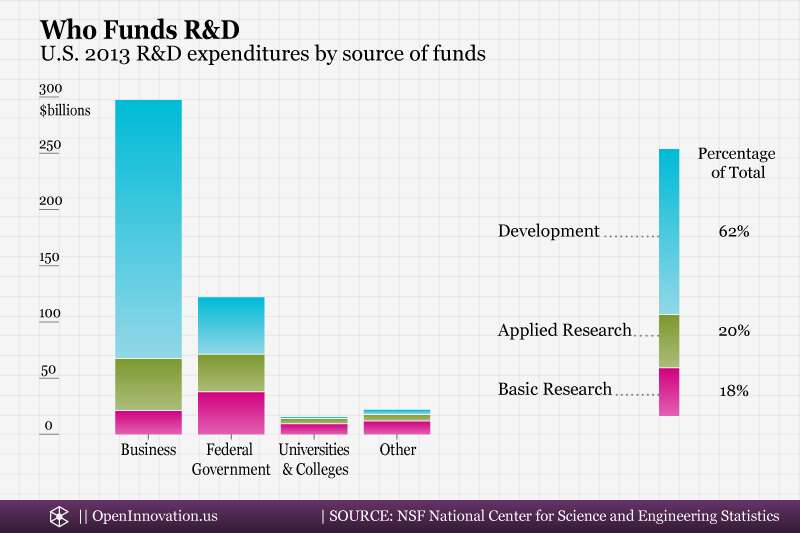
How Innovation Platforms Create Value in Government
By Nadia Carlsten | On September 01, 2015
For many, Government seems an unlikely place for innovation. After all, the concept of innovation generally brings to mind breakthrough ideas and new technologies, things that are more associated with high tech companies churning out the latest gadgets than government organizations, which by necessity are more concerned with efficiency and accountability.
To believe that government organizations need not worry about innovation, however, is to fundamentally misunderstand the concept of innovation. Unlike invention, innovation is not confined to product development. At its core, innovation is just a better way to create and deliver value to stakeholders, and companies and services organizations alike benefit from it. The definition of “value” delivered and the nature of the stakeholders will be different, but government organizations have just as much potential, and necessity, to be innovative.
That being said, there are real differences in practicing innovation in government. Foremost among them is the fact that the goals and motivations for pursuing innovation tend to be drastically different than those of private enterprises. Innovation in government is greatly affected by political climate, and administration priorities can be a key driver for the adoption of innovation concepts. When the White House issued the Open Government Directive in 2009 as a conceptual framework for how government should operate, interest in all things innovation surged as agencies strived to apply the new mantra of “Transparency, Participation and Collaboration”. As a result, the use of innovation tools has become more common, but many government organizations still struggle to use them in a strategic way.
There are three fundamental ways that government organizations can harness the power of innovation:
Crowdsourcing to increase civic engagement
This is probably the most familiar type of government innovation. Crowdsourcing has been used extensively both in the federal sector and by state governments, and the commitment to “Transparency” has been a driving force in the growth of public participation on online platforms. A crowdsourcing program gives the public a forum to communicate and is a great way to understand the needs of a community and gather feedback from a constituency.Internal ideation to engage employees
Many federal and state organizations have also turned to internal sources of innovation, using ideation tools to generate new ideas and solutions from employees. Ideation platforms enhance both “Participation” and “Collaboration”, and can provide value in two ways. First, the use of an innovation platform flattens the organizational structure and gives everyone a say in management decisions. This has been shown to increase employee engagement and satisfaction in the workplace. In addition, ideation tools can be used to gather new ideas and insights from non-traditional sources, which in turn can be valuable for better management, increased efficiency, and cost savings.Innovation challenges to find solutions
There is tremendous potential for using innovation platforms to engage users in helping solve pressing problems in scientific and technical fields. The successful adoption of Open Innovation in the private sector has already proven the value of looking for valuable ideas outside the organization. The America COMPETES Act, which encourages the use of public challenges and authorizes the use of prizes to incentivize participation, now paves the way for federal agencies to launch technical challenges and competitions. By running an innovation challenge, a government organization can tap into the expertise of many diverse users to help solve posted problems and evaluate proposed ideas, arriving at a technical solution faster while minimizing internal risks and costs.
Whether it is to increase citizen participation, engage employees, or find new solutions, a good innovation platform can help change how a government organization innovates and provides value. The most successful government innovation programs will be those that go beyond ideation tools and take into account the organization’s mission, needs, and goals for pursuing innovation, integrating the innovation process with everyday activities and making innovation part of the fabric of the organization.
Notes
- This article also appeared on IdeaScale.com






